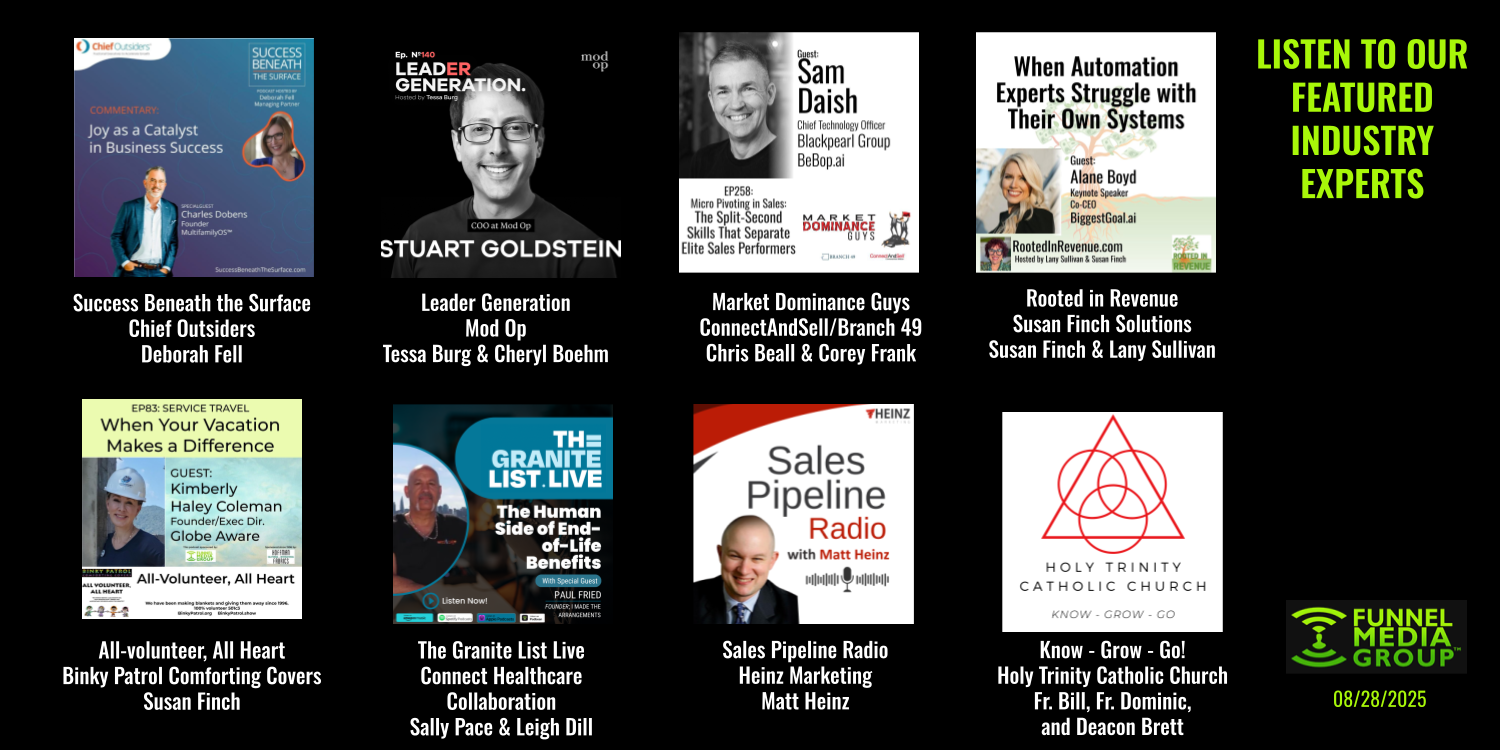If you do podcasting or create videos, you are most likely familiar with the value of transcripts. We also use transcripts to record and review meetings with clients so we can be fully engaged, rather than scribbling notes. The price of the podcast service is minimal compared to the time saved translating and filling in notes. With podcasting, transcripts are a handy way to create the post. With videos, transcripts created as SRT files provide a wonderful captioning. We do caution, depending on the transcription service you use you may need to spend time editing the transcript, especially when you have multiple speakers.
- Double-check company names.
- Double-check guest and speaker names and any names referenced.
- Double-check industry terms and jargon
- Double-check acronyms
- Check your speakers if they have accents or speech impediments
- Check for repeated words, double clutches, “And, an, an and…”
The other major benefit of transcriptions and captioning is the accessibility they create for those with disabilities who are listening to shows or watching your videos to get the full benefit of your content. It’s also very polite and kind to do this. If you think about the fact that 25% of our population has some sort of disability to enjoy web content in all formats – that includes those with contrast issues, color blindness, and other more subtle hindrances, that’s a big part of your market to miss. Consider transcribing your podcasts and videos. Get the SRT files to upload on YouTube. Not everyone wants to hear your voice blasting, but may be able to quietly read your words. Please remember to proof the SRT files and transcriptions to avoid confusion or embarrassment, or even mistateing facts that could bite you in the hiney later.
Currently, we prefer Rev.com. They have a more expensive service, but they are way more accurate than others we have tested, especially with multiple speakers and those with heavy accents.







